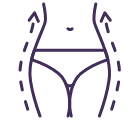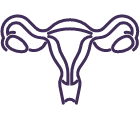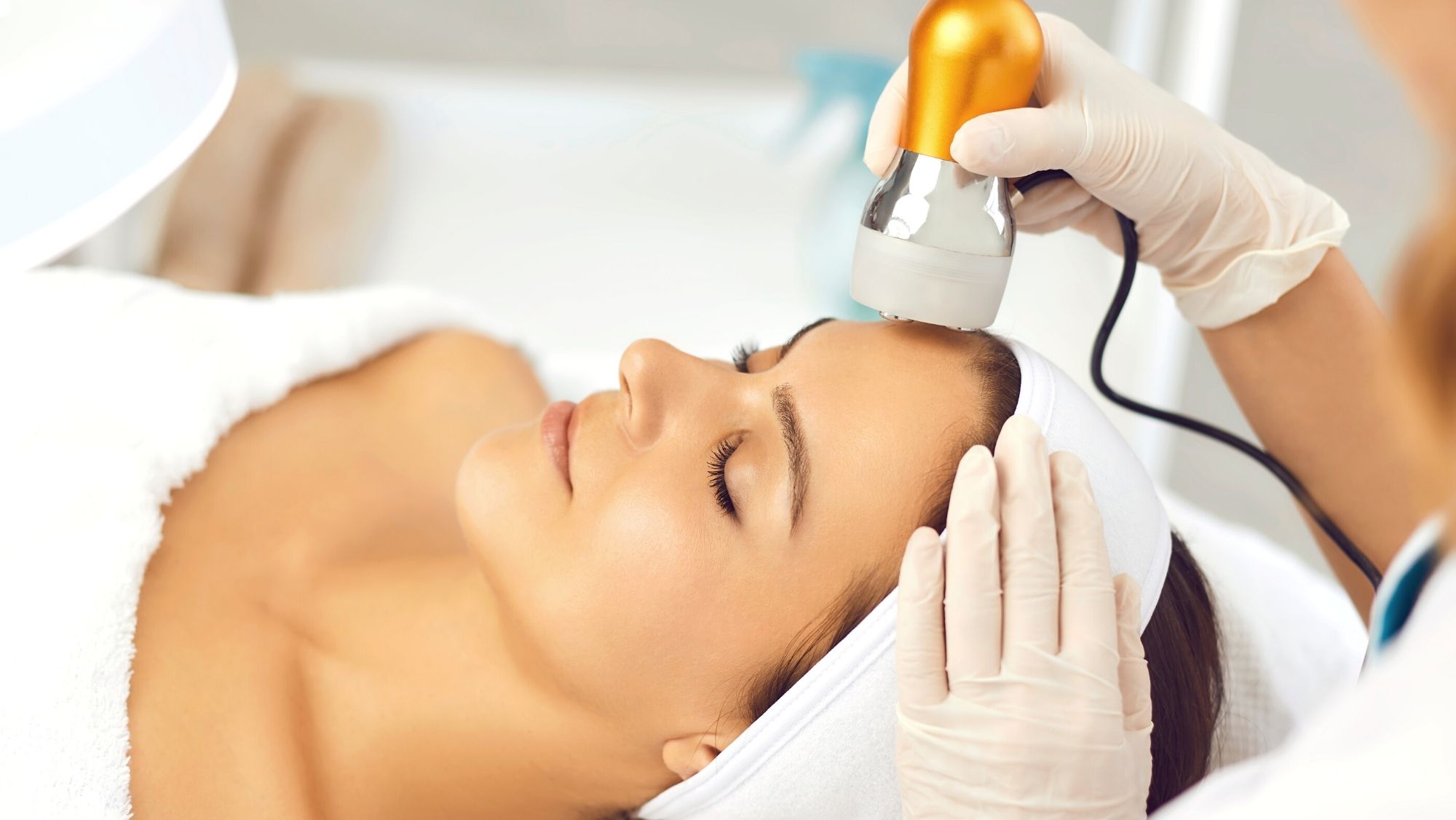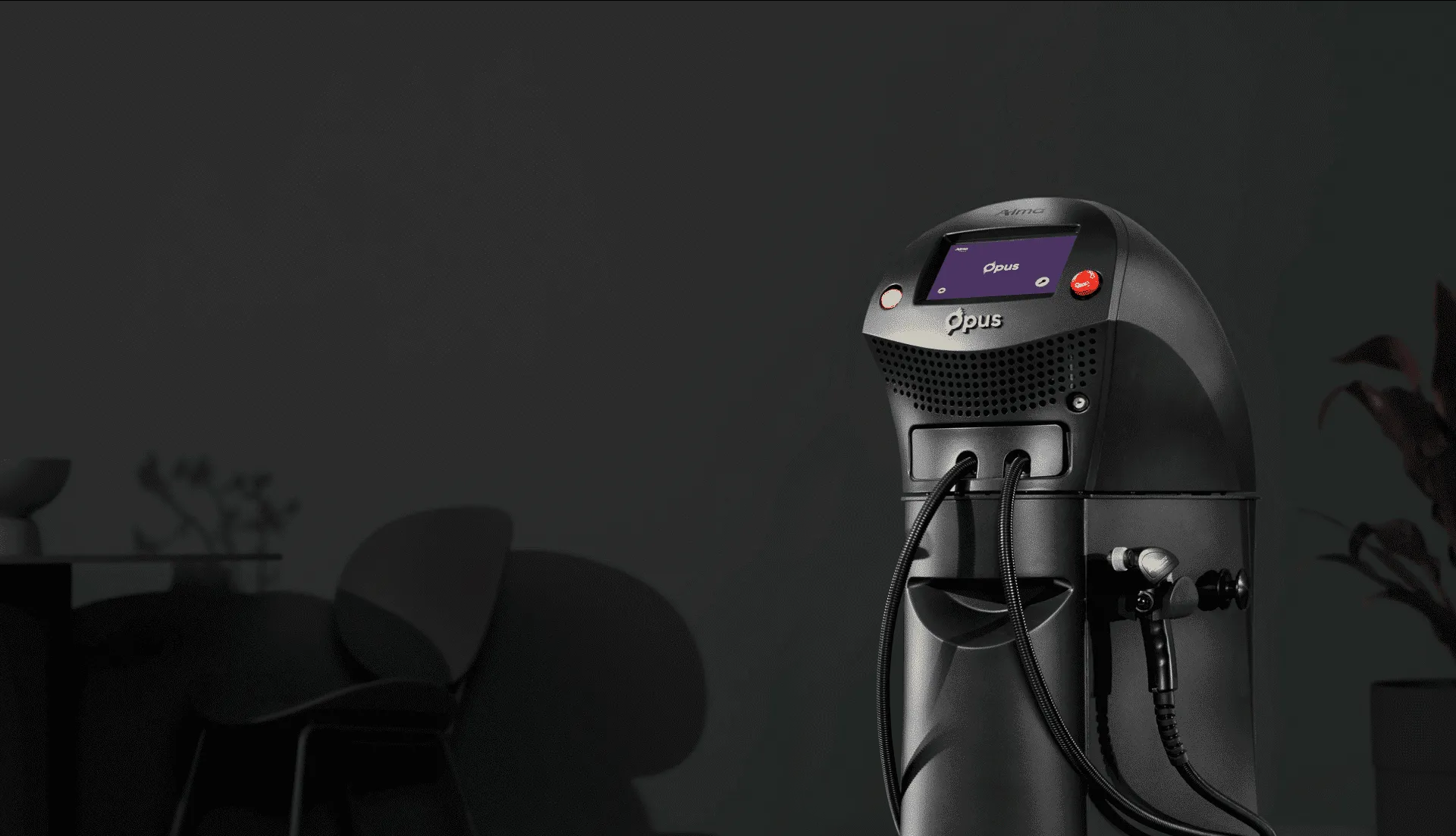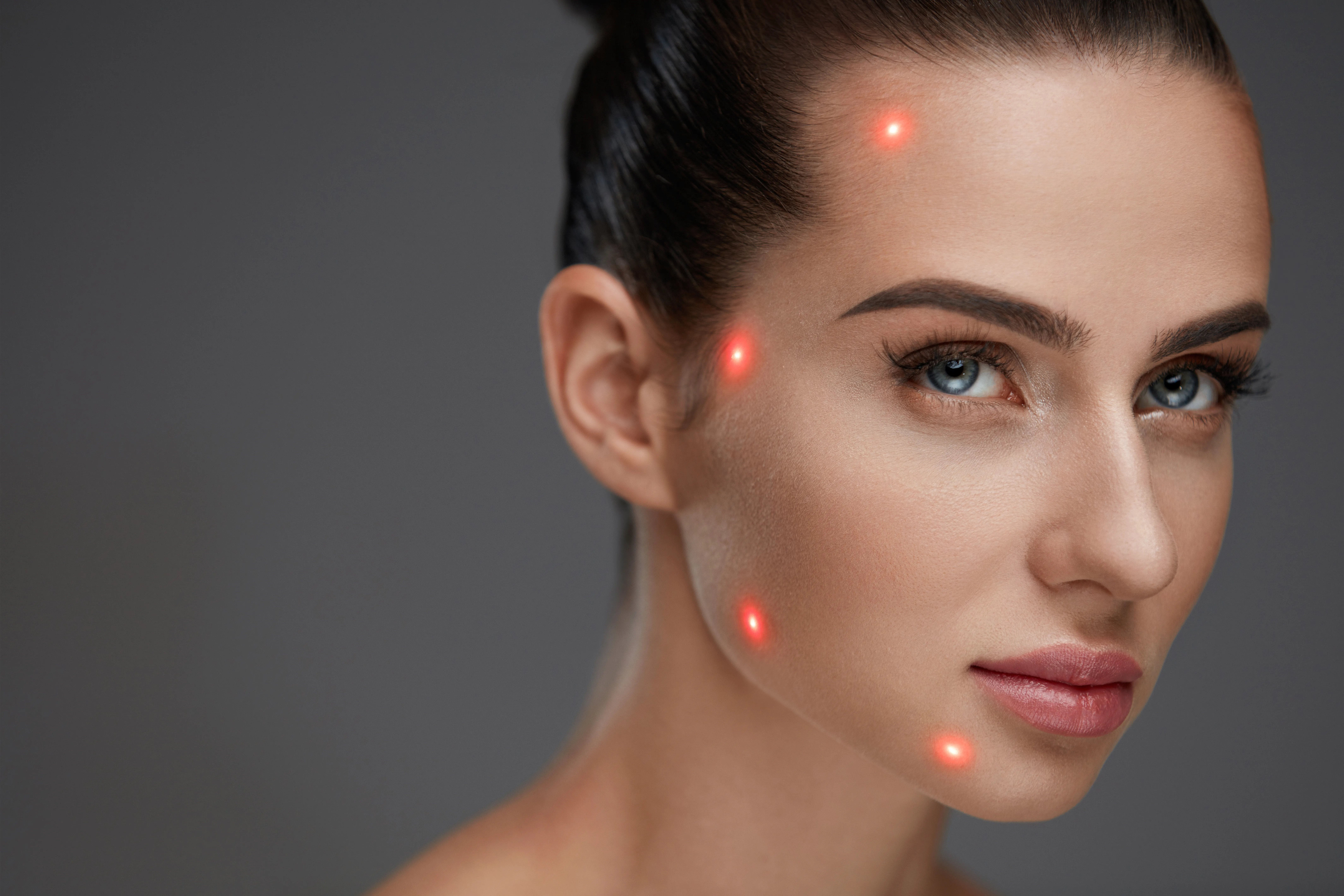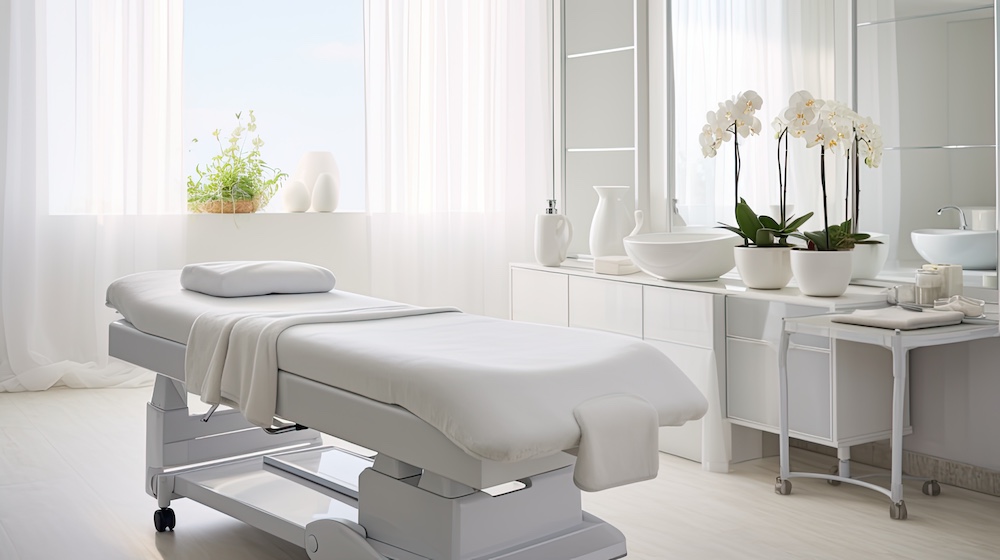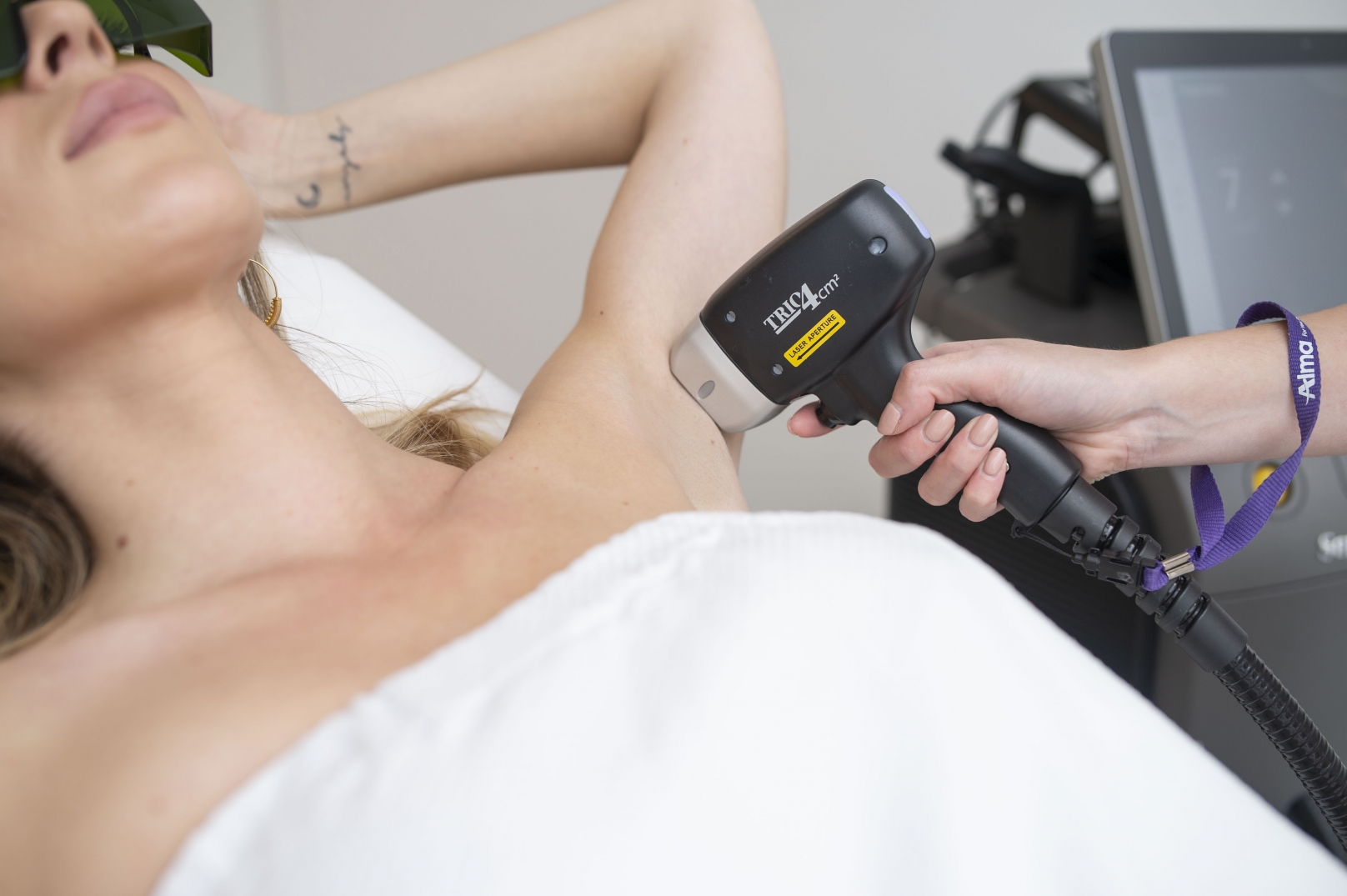With the rise of minimally invasive and non-surgical cosmetic procedures, laser skin tightening has become one of the most popular anti-aging treatments available. This procedure uses infrared light to heat the dermis, or deep layer of skin, stimulating collagen production and tightening the skin.
If you had just recently added (or are considering adding) a laser skin tightening device in your clinic, here is a look at some of the benefits and risks of this popular treatment you can easily convey to your patients.
How Safe is the Procedure?
Laser skin tightening is a safe procedure with minimal risks and side effects. The most common side effect is temporary redness, swelling, and bruising of the treated area. The procedure is popular among people aged 35 to 60, although it can be done on people of all ages as a preventive method.
Benefits of Laser Skin Tightening
The main advantage of laser skin tightening is that it can significantly improve the appearance of loose or sagging skin without surgery. But there are other benefits too, including:
Convenient
Since the procedure is minimally invasive, it can be done in an outpatient setting and doesn’t require any anesthesia. Additionally, it will cause little to no downtime so that you can resume your daily activities immediately afterward.
Various modalities available for every part of the body
There are different types of laser skin tightening procedures available, each with varying capabilities. Knowing these key differences can help practitioners decide what type of laser skin tightening machine to purchase. Here’s how they differ:
- Radiofrequency
This laser skin tightening procedure, like Thermage, uses radiofrequency (RF) to subdermally heat the collagen in your skin, causing it to contract and tighten. It can be done on any skin type or part of the body, and there is little to no downtime required since it doesn’t actually use a laser.
- Ultrasound
This laser skin tightening treatment, such as Ultherapy, uses ultrasound energy to heat the deeper layers of your skin. It’s often used to target specific areas like the chin, neck, and chest. There is minimal downtime required afterward, but you may be asked to take pain medication beforehand since it can be quite painful.
- Combination of light/laser therapy and radiofrequency
This type of laser skin tightening procedure uses both light/laser therapy and radiofrequency to heat the collagen in your skin. It’s often used to treat larger body areas like the thighs, stomach and back. There is minimal downtime since it’s not uncomfortable, but it may lead to post-inflammatory pigmentation in people with darker skin tones.
High efficacy
After your first laser skin tightening treatment, you’ll see visible results immediately. The effects will grow more prominent with each subsequent procedure, mainly because the skin will have time to heal and regenerate in between treatments.
Furthermore, laser skin tightening results are long-lasting, though not permanent. You can expect to see results for several years before needing maintenance appointments.
Are There Risks Involved?
Laser skin tightening is a relatively new cosmetic procedure, which means long-term risks are still unknown. However, there are a few risks associated with the procedure. The potential side effects and risks are usually mild and resolve on their own within a few days. These include:
- Warm or sensitive skin
- A change in skin color
- Localised bruising
- Swelling
- Skin irritation
- Redness
Laser skin tightening is generally a safe and effective procedure with minimal risks. However, as with any cosmetic procedure, it’s essential to consult with a board-certified dermatologist or plastic surgeon to see if laser skin tightening is right for you.
Alma Lasers is a global leader in laser aesthetics. We provide the most advanced laser technologies to help you achieve your desired results. If you’re interested in getting a laser skin tightening machine in Australia, contact us today.

